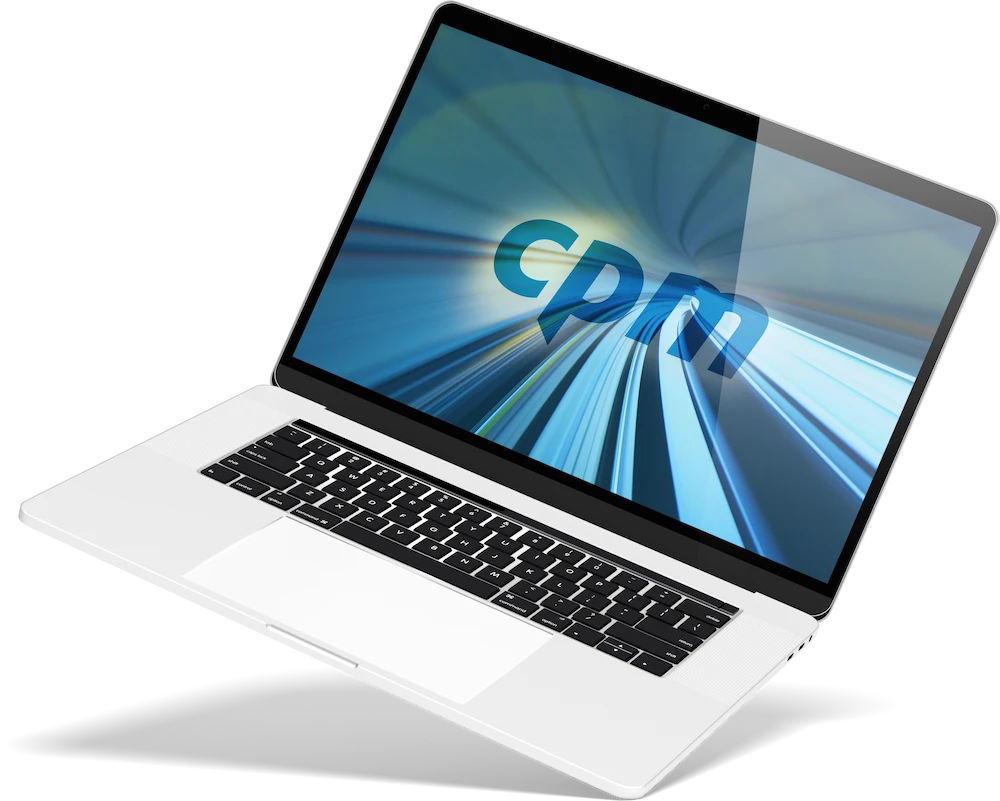Homepage » E-Transformation
In accordance with the General Communiqué on Tax Procedure Law No. 421 of the Ministry of Finance, we, as CPM ERP, have made our E-Invoice solution ready for our customers who are within the scope of obligation. In this process, we focused on eliminating the problems that our customers may encounter in their work. Every process, from double document number tracking, to online control of E-Invoice taxpayers, to online tracking of invoice processes, was analyzed and solutions were prepared. With the e-invoice and e-ledger communiqué published in March this year, all companies with a turnover of 10 million or more in 2014 were included in the scope of e-ledger due to e-invoice. It is estimated that approximately 50 thousand companies are included in the scope of e-invoice and e-ledger.

By what time should the transition to e-ledger be completed this year?
Companies covered this year have completed all their applications as of 31.12.2015, and as of 01.01.2016, the software in compliance with the e-invoice and e-ledger legislation should be started to be used. As CPM, we are happy to have successfully completed TFRS and Multi-language software in 2012, e-invoice software in 2013 and e-ledger software in 2014 and delivered them to our customers on time.
Can those who do not have to use E-Invoice use E-Ledger?
In order to use E-Ledger, the requirement to be included in E-Invoice has been removed. In addition, although there is no obligation in terms of 2011 gross sales criteria, those who voluntarily switch to the e-invoice application do not have to switch to the e-ledger application.
What should be considered when keeping an e-Ledger?
While uploading the e-Ledger certificate to the RA, no month should be skipped. Even if there is no journal entry in that month, a financial seal and a charter must be written in the empty month’s book and uploaded to the RA system. After the accounting book of the relevant month is created and the GİB certificate is obtained, the existing record cannot be deleted for retrospective correction and a new certificate cannot be obtained from the GİB. In the current period, the necessary accounting correction should be made for the previous period erroneous transaction.
What is e-Archive?
Conversions were not limited to e-invoice and e-ledger. E-archive legislation has also been published for companies that issue invoices to end users. With this legislation, if the other party is not an e-invoice payer, it is possible to send the invoice electronically.
What are the conditions and advantages of transitioning to e-Archive?
Similar to E-Invoice, but with a slightly different structure, these invoices must be transmitted electronically to integrators who have received E-Archive permission from the Revenue Administration. With the e-Archive, the paper and postal costs of companies that make bulk invoicing to the end user will also decrease, and the way will be opened for the GİB to audit these taxpayers more effectively with less cost. Besides, of course, our biggest gain will be the cutting of less trees for paper purposes.
Which books will be kept in the e-Ledger environment?
According to the e-Ledger General Communiqué Serial No. 1, journal and general ledger (big ledger) can be kept.
So, what kind of way should we follow for invoices that we do not want to accept?
As with any change, these changes trigger other needs. While it is enough not to receive the invoice that we did not accept before, the basic e-invoice goes directly to our mailbox. According to the law, if we do not want to include these companies in our system, we have to take a notice from the notary public. With the KEP notification, which imposes a registered e-mail obligation on companies, these warnings will now be made electronically with a single click from the program, without the need to go to a notary public. As CPM, we are planning to issue a notification that the basic e-invoice is not accepted until the end of this year, with one click through the program.
Is there a special integrator you work with for the E-Invoice solution?
As the CPM family, we preferred to work with ING E-Invoice Solutions, which is experienced in its field, has a solid infrastructure and can provide maximum benefit to its customers, in order to develop solutions together about integration and special integration methods.
What are the differences between Custom Integration and Integration?
Private Integration: It is the method in which professional service providers, called private integrators, are used as intermediaries to send and receive data to the Revenue Administration. In this method, the user does not need to seal locally. It also offers a private integrator sealing service. There is no additional action required by the user in this method. It is sufficient to send the invoice he has prepared to the integrator via the system channel. CPM ERP software manages the next processes. Integration: It is the method used by taxpayers to send and receive data to the Revenue Administration by directly integrating their own data processing system with the G.I.B system through approved connection software. Our customers who want to use the integration method will be able to make e-Invoice transactions by obtaining the connection software offered by private integrators.

